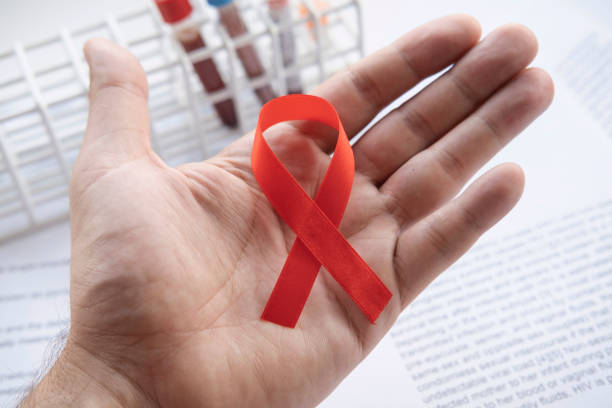Understanding HIV Infection: Symptoms, Progression, and Treatment Options
HIV, or human immunodeficiency virus, weakens the immune system by destroying CD4 cells—key defenders against infection. If left untreated, HIV may progress to AIDS, a severe and life-threatening condition. Early symptoms can appear a few weeks after exposure.
HIV, or human immunodeficiency virus, weakens the immune system by destroying CD4 cells—key defenders against infection. If left untreated, HIV may progress to AIDS, a severe and life-threatening condition. Early symptoms can appear a few weeks after exposure.

Symptoms of HIV Infection
Early Phase Symptoms
Initial symptoms generally arise within 2–4 weeks post-infection and may persist for a few weeks. They often resemble flu-like illnesses and may include:
• Fever
• Skin rash
• Joint and muscle pain
• Headache
• Swollen glands
• Sore throat
Chronic Stage of HIV
The clinical latency stage, or chronic HIV, comes next. During this period, symptoms tend to be minor or even absent. Without treatment, it can last a decade or longer, but with medication, this phase can extend much longer.
Mild symptoms may include:
• Low-grade fever
• Diarrhea
• Fatigue
• Minor weight loss
• Opportunistic infections
AIDS: The Final Stage
When untreated, HIV develops into AIDS. This final stage is marked by severe symptoms, including:
• Persistent fever and sweating at night
• Extreme fatigue
• Diarrhea
• Sudden weight loss
• Skin conditions
• Mouth ulcers
• Lung infections like pneumonia
• Neurological symptoms such as confusion or memory problems
HIV Treatment Overview
The Importance of Starting Treatment Early
Timely initiation of treatment is essential to managing the virus effectively. Immediate medical consultation is advised when symptoms are observed.
Medication and Drug Classes
HIV treatment consists of various drug classes used in combination. These drug regimens help suppress the virus and prevent it from mutating or resisting treatment.
Ideal Time to Start Therapy
Early treatment is recommended, especially under the following conditions:
• CD4 levels below 350
• Pregnant individuals
• Co-infections like hepatitis
• Severe symptoms
Personalized Care Plans
Doctors design treatment strategies after evaluating the patient’s health and HIV progression. The aim is to maintain a low viral load and protect immune health.
Disclaimer
This article is for informational purposes only. It should not replace professional medical advice or diagnosis. For personalized care, consult a healthcare provider.